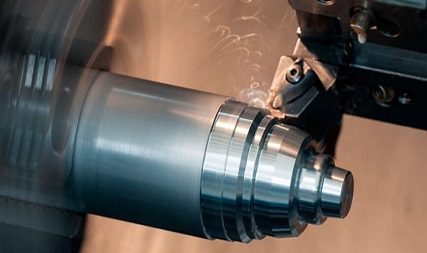Everything you need to know about Steel CNC Machining
Steel comes in various shapes and sizes, including flat stock for CNC machinings, such as sheets and plates, round stock such as bars and beams, and curved stock such as pipes.
Considering its mechanical properties, the wide range of uses, and businesses that employ steel, the material would come in various forms. This article will explore the various types of machining steel, their characteristics, and the best practices for CNC machining.
What is Steel CNC machining?
Steel CNC Machining uses steel to create various products from this metal needed in manufacturing to be high-performance, long-lasting, and efficient. Among its most desired qualities are steel’s strength and hardness.
The steel is well suited for building and transportation because it can withstand large, sustained loads for an extended period. Ssteel alloys are the ideal option for parts operating in harsh environments since they are corrosion-resistant.
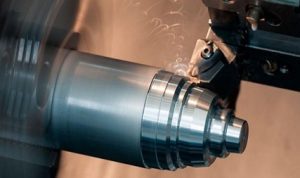
Benefits of Steel in CNC machining
Most of the CNC steel parts available today have good machinability, which refers to how easily metals can be cut or shaped to produce satisfactory results. When it comes to steel CNC machining, machinability is determined by several factors, including hardness, energy, horsepower, and shear stress.
The fact that the finished products of CNC steel machining for machine components are extremely resistant to wear and corrosion is another advantage of this process. Additionally, steel components are often compatible with a wide variety of surface finishes.
Top 5 types of steel for CNC machining
Free-cutting steel 12L14
Carbon steel grade 12L14 is a standard that has been rephosphorized and resulfurized. It is frequently referred to as AISI 12L14 Lead Steel.
Lead has been added to boost the chemical composition’s level of machinability. Although this alloy has excellent machinability, the additional lead content lessens its overall strength. Applications for this steel’s outstanding machining properties include high-speed screw machine products, spindles, bushings, hose fittings, and many other things.
Steel 1045
It possesses strength, hardness, wears resistance, and medium tensile qualities. Annealing, flame treatment, or induction hardening are all options for treatment. C1045 is another name for 1045 cold-rolled steel (cold wrought), and 1045 HR is another name for 1045 hot-rolled steel.
The AISI SAE 1045 material is frequently used in industrial applications that demand high wear resistance and strength. Typical uses include light gears, shafts, axles, spindles, pins, guide rods, connecting rods, bolts, worms, crankshafts, and other machine parts.
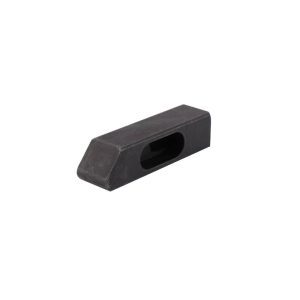
A36
Low-carbon steel is A36. Less than 0.3% carbon by weight is the criterion for classifying low-carbon steels. This makes A36 steel a precious general-purpose steel because it is simple to process, weld, and mold.
Additionally, heat treatment has little to no impact on A36 steel due to its low carbon content. Manganese, sulfur, phosphorus, silicon, and other alloying elements are frequently present in A36 steel in minor concentrations.
To give A36 steel the desired chemical and mechanical qualities, alloying materials are added. A36 does not have great corrosion resistance since it does not include significant concentrations of nickel or chromium.
Steel 4140
Regarding steel’s ability to be hardened, 4140 heat treatment provides a high yield, good strength, and outstanding overall mechanical qualities. 427 degrees Celsius is the highest temperature. High hardenability, good toughness, low quenching deformation, high temperature creep rupture strength, and high are all characteristics of alloy 4140.
It creates stronger forgings and has a larger tempering cross-section than 35CrMo steel, such as giant gears for locomotive traction, supercharger drive gears, rear axles, connecting rods, and spring clamps that can withstand heavy loads. It can also drill pipe joints, look for oil at depths below 2000 meters, and make bending machine molds.
Tool steel D2
The tool steel D2 steel air-hardens and has a high carbon and chromium content. It withstands wear and abrasion incredibly well. It is machinable in its annealed state and can be heated to a hardness of between 55 and 62 HRC.
On proper hardening, D2 steel exhibits low deformation. Due to its high chromium content, hardened D2 steel has a modest ability to resist corrosion.
Top 5 surface finish for Steel CNC machining
Zinc Plating
Zinc plating is electroplating a thin layer of zinc metal onto a substrate’s surface, another metal object. The zinc coating prevents Rust from penetrating the underlying metal surface.
The inherent capacity of zinc to prevent corrosion is why it was chosen. Zinc is frequently referred to as the workhorse of corrosion prevention.
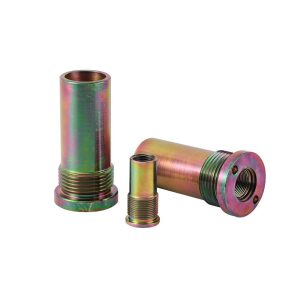
Nickel plating
Nickel is deposited onto a metal component by the technique of nickel electroplating. Before plating can start, parts must be clean and free of debris, corrosion, and flaws. A mixture of heat treating, cleaning, masking, pickling, and etching may be employed to prepare and safeguard the part before plating.
The prepared component is then used as the cathode by submerging it in an electrolyte solution. Nickel ions (Ni2+) are created when the nickel anode dissolves in the electrolyte. The ions move through the solution and deposit on the cathode similarly to other electrodeposition methods.
Powder coating
A dry, free-flowing thermoplastic or thermoset powder material is placed on a surface, melted, and then hardened into an even coating as part of the finishing process known as powder coating.
This finishing process can create functional and aesthetic surface coatings in various colors, finishes, and textures that are challenging to accomplish with conventional liquid coating methods. It is suitable for various materials, including metals, plastics, glass, and medium-density fiberboard (MDF).
Carburizing
A metal part or component with a low carbon content is heated in a carbon-rich gas environment during the case hardening process known as carburizing. The diffusion of new carbon atoms into the component’s outermost layer of the element that needs to be case hardened is made possible by heating the metal part in a high-carbon environment.
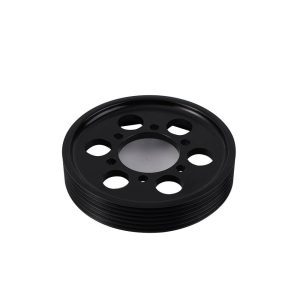
Black Oxided
The black oxide coating is a chemical coating method used to cover iron-containing materials, stainless steel, copper, copper-based alloys, and zinc-containing materials. It takes products, and iron oxide coats them.
This has a lot of advantages. It starts by lessening light reflection. This is advantageous since too much or reflected light can drastically alter the outcomes for items like IR sensors, UV sensors, passive infrared detectors, etc.
The black oxide coating is also advantageous because, despite its minuscule thickness, it thickens steel, which helps keep tools like drills and screwdrivers sharp. Due to the oil or wax present, it also aids in reducing corrosion and friction. Additionally, the wax or oil makes the material water-resistant.
How to choose the right steel for your project?
Carbon is typically the first element taken into account for alloy elements. You want to choose a steel grade with just the right amount of carbon to achieve the specified property values since carbon gives the steel its strength, hardness, and wear resistance.
Lower carbon percentage grades are softer, easier to shape, and have the potential to be welded. They are also easier to manufacture. On the other hand, high-carbon steel improves toughness while decreasing tensile strength, abrasion resistance, and depth of hardening. It also may result in higher manufacturing price or cost because of its reduced machinability, higher tempering temperatures, and increased danger of quench cracking.
Other alloying elements, which vary widely from one aspect to another and a lesser extent than carbon, also contribute to strength and hardness.
Conclusion
Steel is the material of choice for CNC machine users and different types of manufacturers worldwide because of its broad range of uses for CNC machining and its durable physical characteristics. There are infinite steel grades with usable qualities due to the endless number of conceivable alloys.
And to make sure you receive a lead time that works for you, weigh the qualities you require against the material’s machinability when developing your CNC-machined steel product.
Worthy Hardware is a CNC manufacturing and sheet metal fabrication company,including CNC machining services,CNC milling services, CNC turning services, laser cutting services and stamping services.Call us +86-76989919645 or email us [email protected] for more discounts for your projects.

